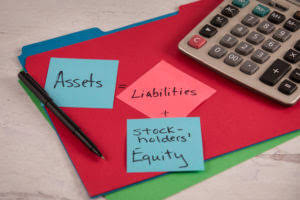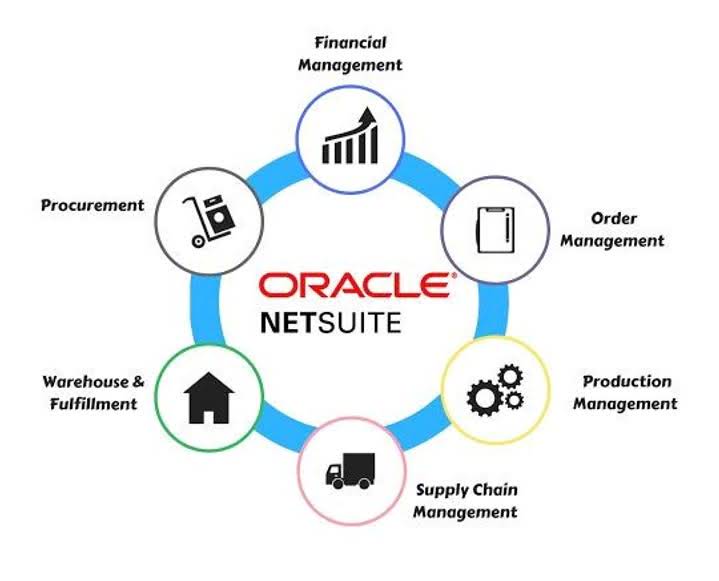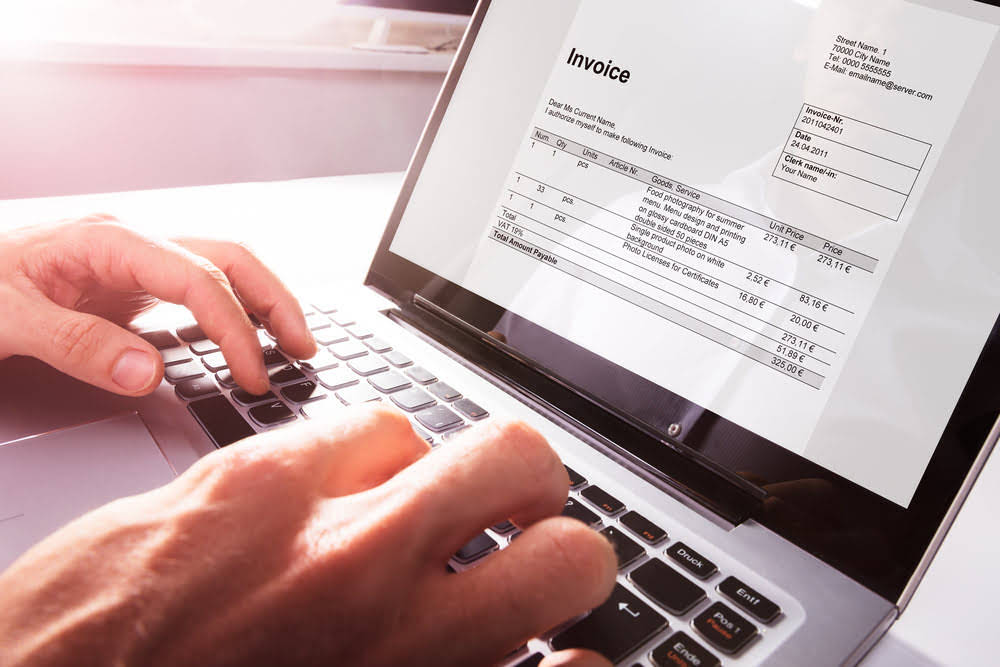
An expense represents the financial transaction that takes place when the purchase is completed. At the end of the year, if you have a balance remaining in the encumbrance reserve account, you’ll need to determine if those commitments are still valid or if they will need to be adjusted. By allocating funds in advance, and creating encumbrances, organisations can minimise the risk of unintentional overspending.

AP & INVOICE PROCESSING

With encumbrance accounting, future payment obligations are recorded in financial documents as projected expenses. This allows organizations to determine the amount of funds available for future spending. As a result, they’re able to avoid exceeding the allocated bookkeeping budgets and minimize overspending. This method of accounting helps institutions set better budgets and control overspending and maverick spending. When combined with other financial management practices, encumbrance accounting can contribute to the overall financial stability and success of an organization. Welcome to the world of accounting, where numbers, records, and financial transactions reign supreme.
- The score that you achieve on the exam shall be valid and “banked” for three years, starting from the date of the examination.
- Please note that incumbents in this classification may be required to perform duties as listed in the class specification, 1634-Principal Account Clerk
- It’s important to note that encumbrance accounting follows the accrual basis of accounting, where expenses are recognized when the commitment is made, not when the actual payment is made.
- There are different encumbrance types, ranging from reserves for payroll to money set aside by budgetary control groups for things like contingency expenses.
- In such cases, the business may have to prioritize payments or look for alternative sources of funding to cover the encumbrance.
Encumbrance Accounting Journal Entries

For example, if a business has ordered goods from a supplier but has not yet paid for them, they have a committed encumbrance. One such benefit is better control of both cash and expenditures, ensuring that funds are available when needed. Retail Accounting On the other hand, an expense represents the actual, not the budgeted amount of something that has been purchased.

Expenses
- This phase is recorded in the general ledger when using encumbrance accounting, even if you did not use the pre-encumbrance stage.
- When coupled with a planning tool such as encumbrance accounting, businesses can proactively manage future financial commitments or obligations.
- Organizations account for future expenditures by enforcing budgetary controls and monitoring spending.
- In this article, we will delve into the definition of encumbrance accounting and explore how to effectively record and manage encumbrances.
- Your company has received the goods or services that were initially ordered and now must pay back the vendor’s invoice.
- Encumbrance accounting is often used as a planning tool for budgetary control, particularly in government organizations using government accounting standards and nonprofits.
In this article, we will delve deeper into this topic to understand what an encumbrance is and how it affects accounting. To illustrate how the complete encumbrance accounting process works, let’s take a typical example of an encumbrance transaction — a purchase order. This helps improve transparency between departments and ensures every penny has been accounted for with a purchase. Encumbrance also enables you to take control of your finances and prevent fraud from occurring.
- Now that we understand how encumbrances are recorded and reported, let’s explore some practical examples to further illustrate the concept.
- Implementing the correct AP automation solution to automate your financial processes and ensure each encumbrance is accounted for without increasing your accountants’ manual workload is essential.
- This method of accounting helps institutions set better budgets and control overspending and maverick spending.
- Because you’ll be purchasing the equipment in the next quarter, you’ll want to set aside or encumber the funds needed to prevent them from being spent elsewhere.
- These accounts will be used to record the financial commitments made by your organization.
- It’s important to note that the specific types of encumbrances can vary depending on the nature of the organization and its financial operations.
Encumbrance: Definition, Example, and Types of Encumbrances
- If the test for this future announcement is held within 12 months of the date of this examination, your score will be automatically applied to that announcement.
- As technology continues to evolve, encumbrance accounting systems and software will become more sophisticated, offering organizations increased automation and improved accuracy.
- Report users can use this encumbrance indicator to evaluate their available balances and solvency concerns, at budget or fiscal year end.
- This type of budgetary control is required in both government accounting and nonprofit accounting since future expenses need to be accounted for properly to ensure that money is available.
- This results in a credit of the invoice amount to the encumbrance account, reducing its balance.
- Please review our articles on Employment Application and Minimum Qualifications and Verification of Experience and/or Education for considerations taken when reviewing applications.
Throughout this article, we have explored the definition of encumbrance accounting and its significance in financial operations. We have discussed the various types of encumbrances, the process of recording and reporting encumbrances, and provided practical examples to illustrate their application in real-world scenarios. Encumbrance journal entries and accounting are also sometimes called commitment accounting. This naming makes more sense when you realize that encumbrance enables budgetary control by recording money that is allocated for future projects, preventing over-expenditure of a budget. encumbrance accounting With how essential an accurate fund balance is, there are many ways accounting teams have tried to track this data. One type of accounting that hopes to anticipate future budgets better and provide budgetary control options is encumbrance accounting.

Encumbrances are recorded when the commitment is made, while expenses are recorded when the payment is made. As a business operates, it engages in various transactions such as selling products, purchasing inventory, and paying employees. Each of these transactions has an impact on the financial health of the company, and it is important to track the money flow diligently.